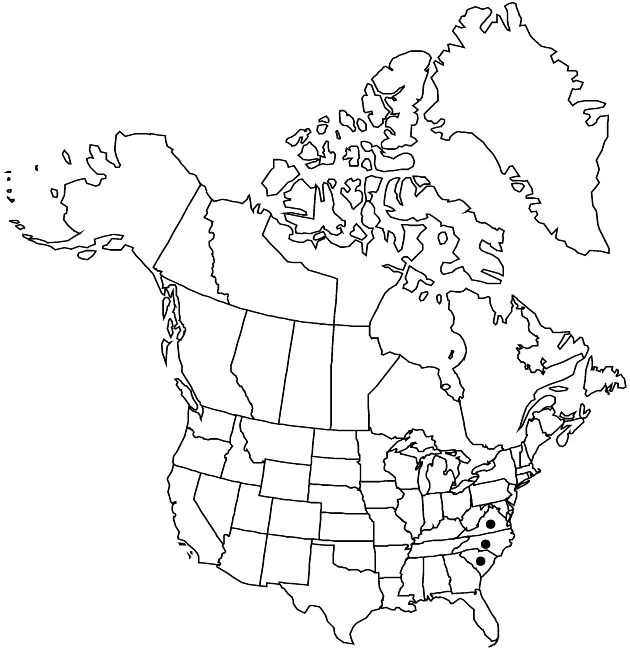Difference between revisions of "Symphyotrichum grandiflorum"
Phytologia 77: 283. 1995.
FNA>Volume Importer |
imported>Volume Importer |
||
| Line 8: | Line 8: | ||
}} | }} | ||
|common_names=Large-flowered aster | |common_names=Large-flowered aster | ||
| + | |special_status={{Treatment/ID/Special_status | ||
| + | |code=E | ||
| + | |label=Endemic | ||
| + | }} | ||
|basionyms={{Treatment/ID/Basionym | |basionyms={{Treatment/ID/Basionym | ||
|name=Aster grandiflorus | |name=Aster grandiflorus | ||
| Line 55: | Line 59: | ||
|publication title=Phytologia | |publication title=Phytologia | ||
|publication year=1995 | |publication year=1995 | ||
| − | |special status= | + | |special status=Endemic |
| − | |source xml=https:// | + | |source xml=https://bibilujan@bitbucket.org/aafc-mbb/fna-data-curation.git/src/bb6b7e3a7de7d3b7888a1ad48c7fd8f5c722d8d6/coarse_grained_fna_xml/V19-20-21/V20_1088.xml |
|tribe=Asteraceae tribe Astereae | |tribe=Asteraceae tribe Astereae | ||
|genus=Symphyotrichum | |genus=Symphyotrichum | ||
Revision as of 20:43, 27 May 2020
Perennials, 50–100 cm, colonial; woody rhizomatous. Stems 1–5+, erect (stout, brown), proximally ± hispid, distally sparsely strigose, distally stipitate-glandular. Leaves stiff (dark green), greatly reduced distally, margins entire, scabrous; basal early deciduous, sessile, blades (3-nerved) oblanceolate, 40–80 × 4–12 mm, bases attenuate, apices obtuse to acute, faces sparsely scabrous; proximal cauline usually withered by flowering, sessile, blades oblanceolate to lanceolate-oblong, 20–60 × 5–20 mm, bases cordate-clasping, apices acute, mucronulate, faces glabrate to sparsely scabrous, stipitate-glandular; distal sessile, blades lanceolate to oblong, 20–40 × 5–8 mm, bases cuneate, apices acute, mucronulate to white-spinulose, faces glabrous or scabrous, sparsely stipitate-glandular. Heads in racemiform to paniculiform arrays, branches patent or ascending with 1–5+ heads. Peduncles 3–5 cm, short-strigose, stipitate-glandular, bracts spreading to reflexed, lanceolate-oblong, 5–10 mm, little reduced distally, grading into phyllaries. Involucres campanulate, 8.5–12 mm. Phyllaries in 3–4 series, spatulate-oblanceolate, unequal, bases ± indurate, margins scarious, green zones covering distal portion, apices spreading to strongly reflexed, faces sparsely scabrous, moderately stipitate-glandular. Ray florets 14–35; corollas light to reddish purple, laminae 11–15(–20) × 1.5–2.5 mm. Disc florets 25–35; corollas yellow becoming reddish purple, 5.5–8 mm, lobes narrowly triangular, 0.7–1 mm. Cypselae light brown, cylindric to narrowly obovoid, ± compressed, 3–4.5 mm, 7–10-nerved (brown), faces moderately strigose; pappi tan, 5.5–6 mm. 2n = 30, 60.
Phenology: Flowering (Sep–)Oct(–Nov).
Habitat: Sandy soils, sand hills, roadsides, edges of deciduous woods and thickets
Elevation: 0–200+ m
Distribution

N.C., S.C., Va.
Discussion
Selected References
None.